Engaging Men and Boys in Family Planning: Bridging the Gap Between Status Quo and Ideal
Written by: Danette Wilkins, Program Officer, Breakthrough ACTION
Observed every November 19, International’s Men’s Day celebrates positive male role models and their contributions to their families, communities, and the world. This year’s theme, “Helping men and boys,” reminds us that we need to actively support men and boys to be positive role models. After all, positive role models are made, not born.
The field of family planning (FP) continues to primarily focus on women and girls, even though men and boys are unavoidably involved in sex and reproduction. Though FP programs increasingly involve men and boys, it mostly revolves around them being partners of women and girls and/or agents of change in support of women and girls. The field pays limited attention to men and boys as clients or users of FP information, services, and products. Programs need to engage men and boys in FP across the three mutually reinforcing roles they can play: clients, partners, and agents of change (Figure 1; Greene et al., 2006).
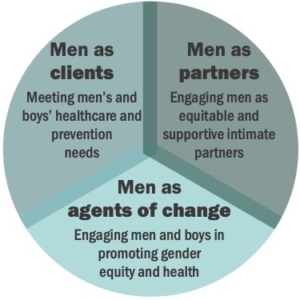
Figure 1. Men’s Key Roles in Family Planning and Sexual and Reproductive Health
Why should the field prioritize addressing all three roles together? For one, society and men and boys themselves benefit when they view FP as relevant to their everyday lives. By engaging men and boys as clients, both individually and with partners where appropriate, programs acknowledge their unique priorities, needs, and preferences and relay the positive benefits of FP to them as well as to the people in their lives.Too often, programs overemphasize how FP can benefit women and girls but fail to uplift how it can benefit men and boys. Men and boys also benefit from FP, much like they also benefit from gender equality (Connell, 2003). Additionally, by addressing all three roles, programs simultaneously support both FP and gender equality. FP depends on gender equality and gender equality depends on FP. Still, FP programs continue to reinforce FP as an issue that primarily concerns women and girls when they ignore or instrumentalize men and boys in support of women and girls. Many working in the field of FP agree that gender transformation is necessary to improve FP outcomes and advance gender equality. However, the status quo around engaging men and boys is antithetical to gender transformation, which is about freeing all people* from harmful and inequitable gender norms.
To address the gap between the status quo and the ideal in terms of engaging men and boys in FP, Breakthrough ACTION hosted a panel titled, “Framing Male Engagement for Enhanced Programming,” at the Sixth International Conference on Family Planning in Pattaya, Thailand. This panel featured speakers from Breakthrough ACTION (Johns Hopkins Center for Communication Programs, ideas42) and Passages Project (Institute for Reproductive Health at Georgetown University). During this panel, speakers addressed the need for the field to reframe male engagement to be more inclusive of men and boys, meeting them where they are and accompanying them across the life course. As part of this reframing, a panelist shared this emerging definition: “…an intentional process that supports men and boys to participate fully and meaningfully in [FP] and sexual and reproductive health both individually and with their partners, families, and communities in supportive, affirming, and gender-equitable ways” (Breakthrough ACTION, 2021).
Breakthrough ACTION also highlighted its programmatic tool, Know, Care, Do: A Theory of Change for Engaging Men and Boys in Family Planning, which guides program implementers as they consider how to address key drivers of men’s and boys’ engagement and bring about necessary changes to engage them in FP while reinforcing the bodily autonomy and agency of women and girls. Foundational to this theory of change is a conceptual model that visualizes the core components of Know, Care, Do (Figure 2). These components are interrelated and interdependent, interacting with one another in myriad ways. Program implementers should specifically design FP programs to address and shift the Know, Care, Do components and explicitly focus on how to best do that in context-specific and culturally-relevant ways.
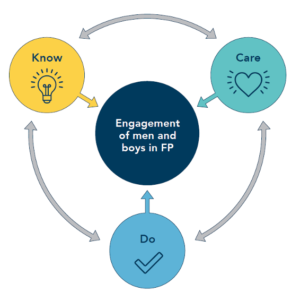
Figure 2. Engaging Men and Boys in Family Planning: A Conceptual Model
As the world, and the FP community in particular, observes International Men’s Day and reflects on this year’s theme of “Helping men and boys,” let’s continue to ask ourselves: What are we doing to help men and boys reach their full potential as positive role models for FP and gender equality?
Resources
Know, Care, Do: A Theory of Change for Engaging Men and Boys in Family Planning (English, French, Spanish)
Advancing Male Engagement in Family Planning and Reproductive Health: An Advocacy Tool (English, French)
Reflection and Action Tool: Integrating a Life Course Approach in Programming with Boys & Men for Gender Equality (English, French, Spanish)
References
Connell, R. W. (2003). The role of men and boys in achieving gender equality. United Nations Division for the Advancement of Women. https://www.un.org/womenwatch/daw/egm/men-boys2003/Connell-bp.pdf
Greene, M. E., Mehta, M., Pulerwitz, J., Wulf, D., Bankole, A., & Singh, S. (2006). Involving men in reproductive health: Contributions to development. Background paper to the report: Public choices, private decisions: Sexual and reproductive health and the Millennium Development Goals. Millennium Project. https://www.faithtoactionetwork.org/resources/pdf/Involving%20Men%20in%20Reproductive%20Health-Contributions%20to%20Development.pdf
Breakthrough ACTION. (2021). Know, care, do: A theory of change for engaging men and boys in family planning. Johns Hopkins University. https://breakthroughactionandresearch.org/know-care-do-engaging-men-and-boys-in-fp
*The author acknowledges that the content of this blog post reinforces the gender binary. Although the field of FP remains focused on cisgender, heterosexual relationships, this heteronormative bias continues to be and should be challenged in recognition of individuals and groups belonging to sexual and gender minorities around the world that also need and want access to FP information, services, and products.

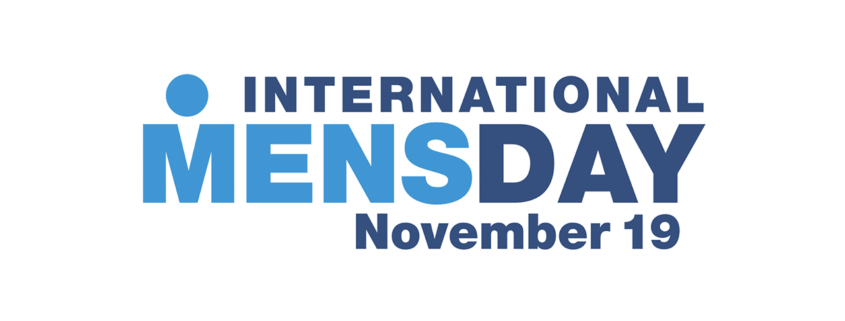
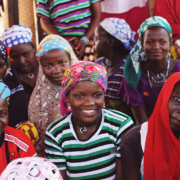 Cambey Mikush/Photoshare
Cambey Mikush/Photoshare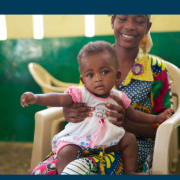 Sara Holbak/VectorWorks/Photoshare
Sara Holbak/VectorWorks/Photoshare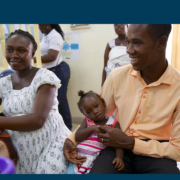 Sarah Hoibak/VectorWorks/Photoshare
Sarah Hoibak/VectorWorks/Photoshare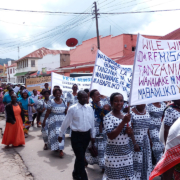 Rebekah Munnikhuysen/US Peace Corps/Photoshare
Rebekah Munnikhuysen/US Peace Corps/Photoshare Getty Images/Image of Empowerment
Getty Images/Image of Empowerment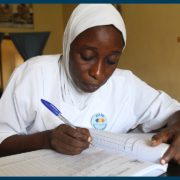 © 2012 CCP/NURHI 2, Courtesy of Photoshare
© 2012 CCP/NURHI 2, Courtesy of Photoshare